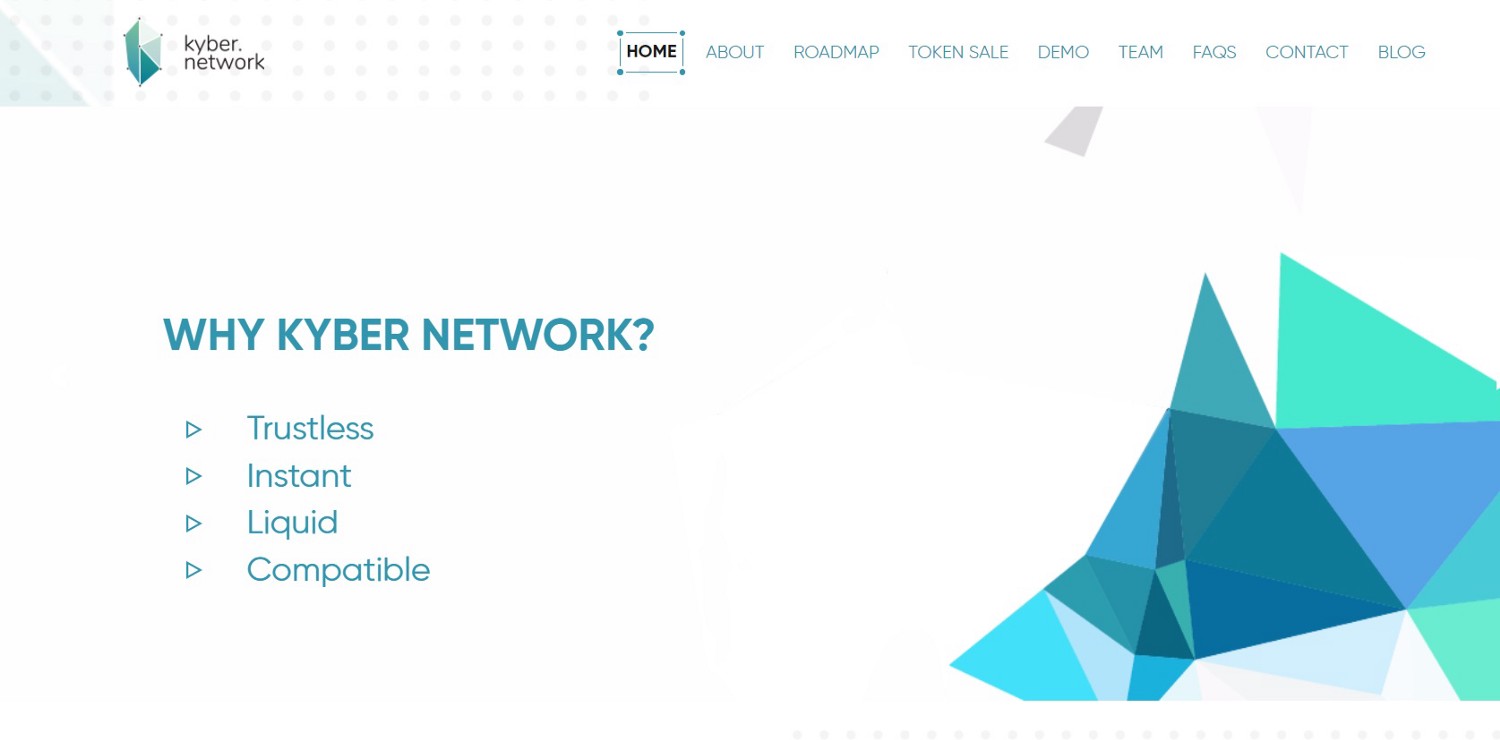
Kyber Network : Investment Analysis
From VerthagOG Medium blog
Kyber Network is an on-chain protocol instant exchange & conversion of digital assets and cryptocurrencies with high liquidity.
There are four main components that make up KyberNetwork:
· Smart Contracts
· User’s Wallets
· Reserve Manager Portal
· Operator Dashboard
WHAT IS KYBERNETWORK IN GREATER DETAIL?
KyberNetwork, an on-chain protocol which allows instant exchange and conversion of digital assets (e.g. crypto tokens) and cryptocurrencies (e.g. Ether, Bitcoin, ZCash) with high liquidity. KyberNetwork claims to “be the first system that implements several ideal operating properties of an exchange including trustless, decentralized execution, instant trade and high liquidity.”
Technically speaking they are not the first as there exists other technologies that already do what KyberNetwork is proposing.
In two words, “Atomic Swaps”. An atomic swap is a trustless, cross-chain, over-the-counter (“OTC”) trades without a third party.
On September 20, 2017, Litecoin conducted a successful test of an atomic swap between Decred, and vice-versa.
And Vertcoin and Bitcoin are also implementing this feature.
What KyberNetwork proposes, is to be able to do their version of an “atomic swap” on the Ethereum network. Which would eventually mean all ERC 20 Tokens may have the possibility to do on cross chain/on chain swaps.
Imagine the day when you can swap your SALT token for WINGS? (Why you would want to do that in the first place, is entirely another situation? But you get the idea.)
There are four main components that are worth mentioning from a high-level perspective as it pertains to the KyberNetwork
Smart contracts:
KyberNetwork contains several contracts, including the main contract which serves as the main entrance to the system for users and reserve managers. They also have different contracts to maintain the reserves, and a contract wallet which provides convenient interface to all features that Kyber supports.
User’s wallet:
Wallet apps with friendly interfaces to support users. Integrations with existing wallet apps like Status, Token, Metamask and so on will help improve the adoption of KyberNetwork.
Reserve manager portal:
Aids the management of the reserve by displaying their performance, network stats, supporting different strategies and algorithms to make prices/ rebalance. Reserve managers interact with the network (or the Kyber contract) via this portal.
Operator dashboard:
Helps KyberNetwork operator manage the entire system. Operator can add and remove new reserves, change network parameters via this dashboard. A minimum-viable-product has been released in August 2017. The readers can find more details in our release blog post
We compare KyberNetwork to existing systems in the table below. We left out Bancor intentionally as they claim (from our private conversation) to be a platform that focus on community tokens, rather than general purpose exchange.
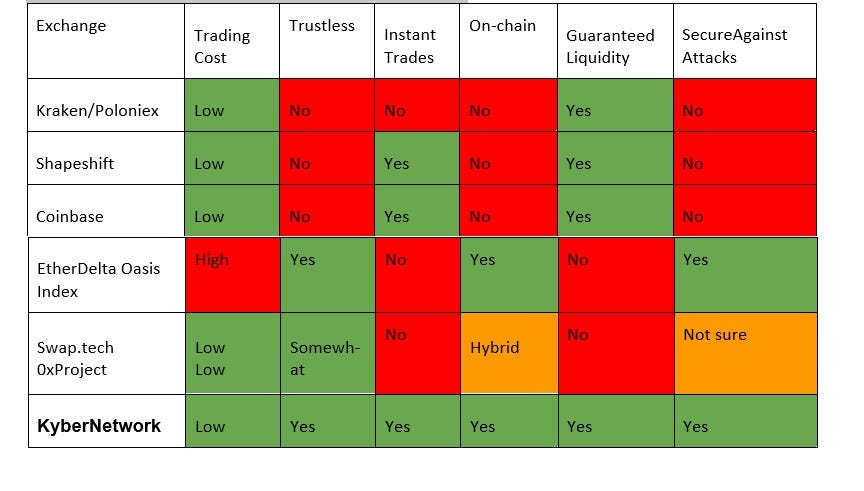
The above comparison was from the KyberNetwork whitepaper. It seems fair however probably the closet comparison would be EtherDelta as it too is on chain and trustless, being focused on ERC 20 tokens.
From what I can gather KyberNetwork has created a mechanism similar to Bancor where a reserve is created on the network, aptly entitled, “reserve entity”:
A reserve entity(ies) provides liquidity to the platform. This can be our own reserve or other third-party reserves that are registered by other market makers. Reserves can also be classified into public and private reserves which do and do not take contributions from the public. dashboard.
Other key roles within KyberNetwork, facilitate, contribute, and manage the reserve process:
Reserve contributors who provide capital to the reserve entity and share the platform profit. This actor only exists in public reserves which accept contributions from public to build up the reserve.
Reserve manager who maintains the reserve, determines exchange rates and feeds the rates to the KyberNetwork.
KyberNetwork operator who is responsible to add and remove reserve entities, list/delist pairs of tokens in the network. Initially the Kyber team will act as the KyberNetwork operators to bootstrap the platform in the early phases. Later on, a proper decentralized governance will be set up to take over the task.
The diagram below illustrates the interaction of each of the actors.
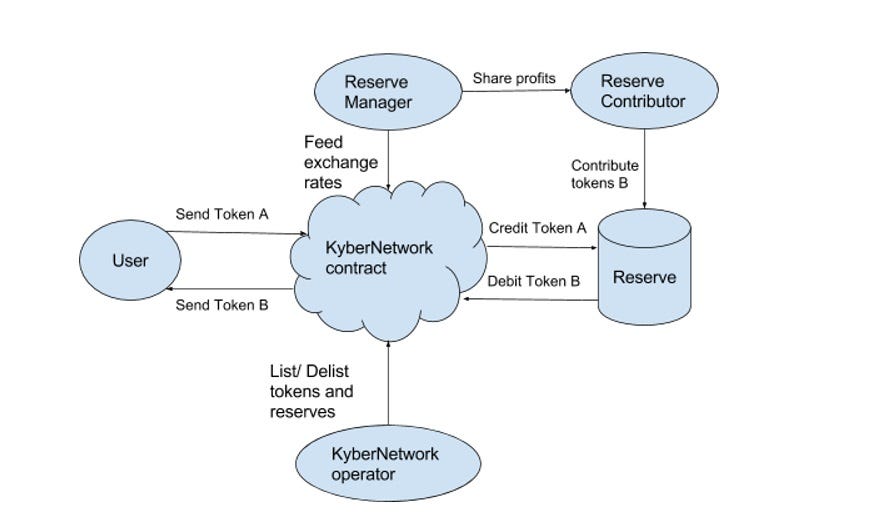
TREND ANALYSIS
The statistic presents the total number of Bitcoins in circulation from first quarter of 2011 to second quarter of 2017. The number of Bitcoins has been growing since the creation of this virtual currency in 2009 and reached approximately 16.42 million in June 2017.
Number of Bitcoins in circulation worldwide from 1st quarter 2011 to 2nd quarter 2017 (in millions)
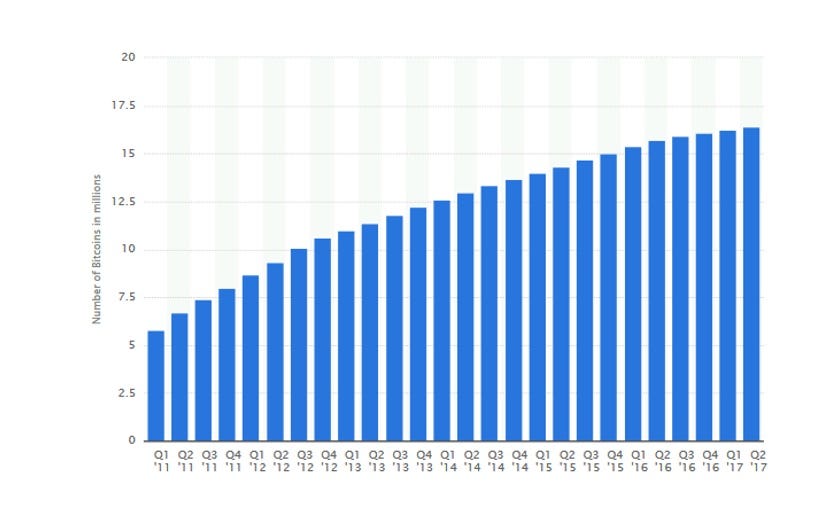
Most expensive virtual currencies globally as of September 2017
This statistic shows the most expensive virtual currencies globally as of September 26, 2017. Bitcoin was the most valuable crypto currency at 3,969.89 U.S. dollars per unit.
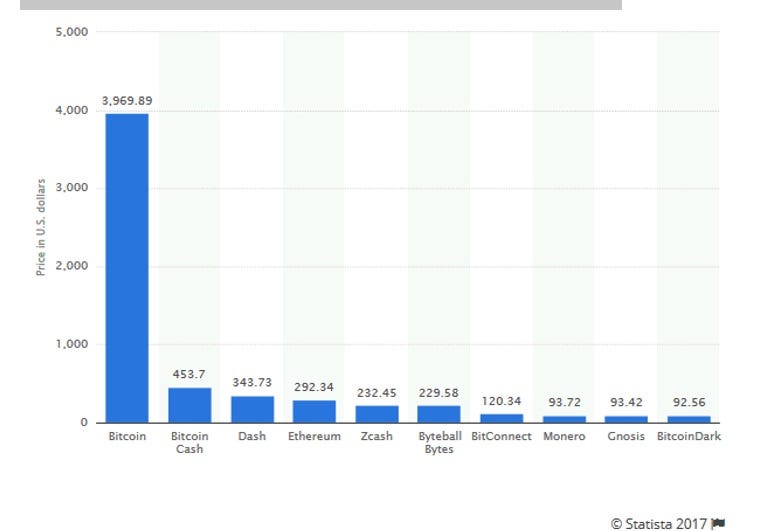
The graph presents the evolution of bitcoin price index from July 2015 to August 2017. The bitcoin price index is an average of bitcoin prices across leading global exchanges. The bitcoin index value for end of August 2017 was 4,764.87 U.S. dollars. More information on bitcoin and other crypto-currencies can be found in our Statista Report 2017.
Bitcoin price index from July 2015 to August 2017 (in U.S. dollars)
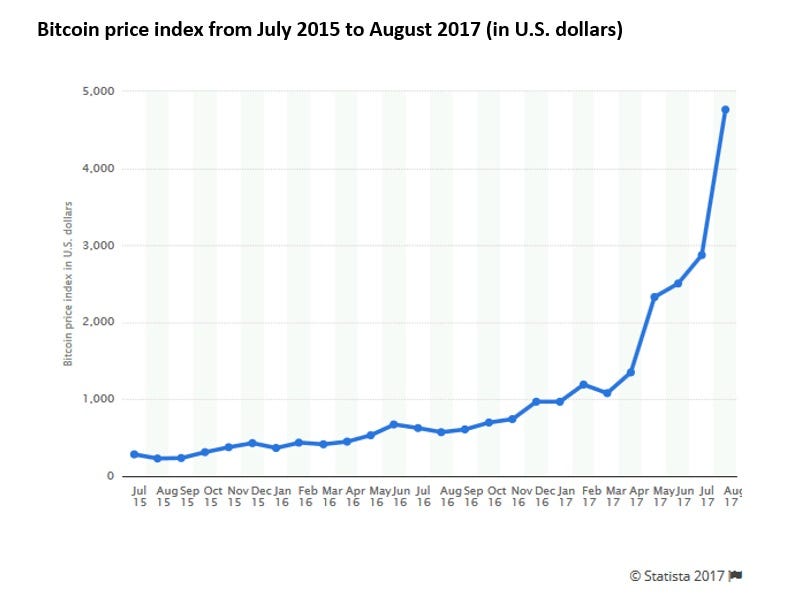
CONCLUSION
What the KyberNetwork (KNC) proposes is indeed valuable and will greatly enhance the Ethereum protocol.
KyberNetwork alludes to the fact that
On chain protocol instance exchange with high liquidity.
As I mentioned in the “Challenge” section, I believe that the folks at Ethereum could easily just implement their own version of what KNC proposes and by pass an extra crypto/token.
Now, it does seem apparent that KNC wants to provide this service to other cryptos above and beyond the Ethereum protocol, but atomic swaps already exist on the BTC/LTC/VTC/DCR protocols, so what prevents other cryptos from just bypassing KNC, modeling their own version or flavor of an “atomic swap” and add an instant liquidity mechanism?





